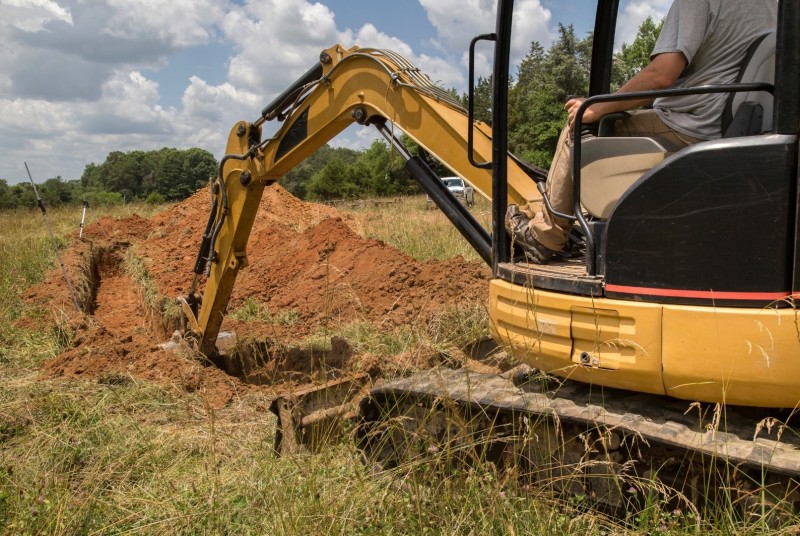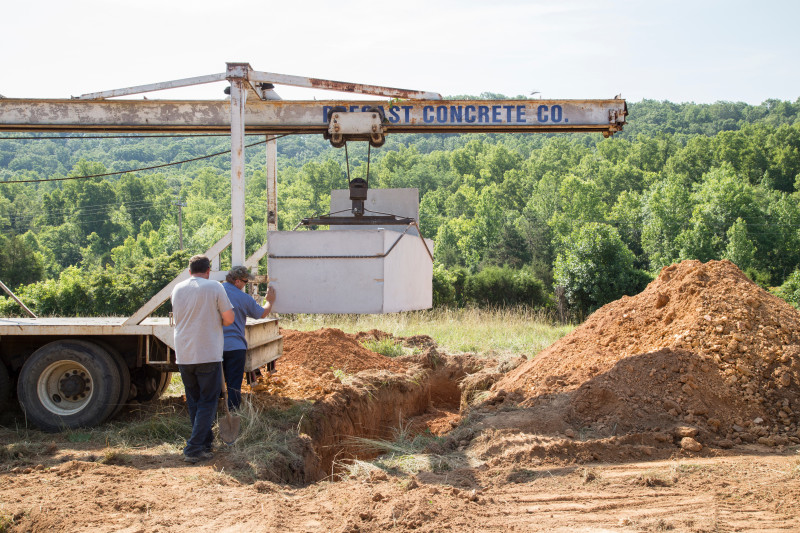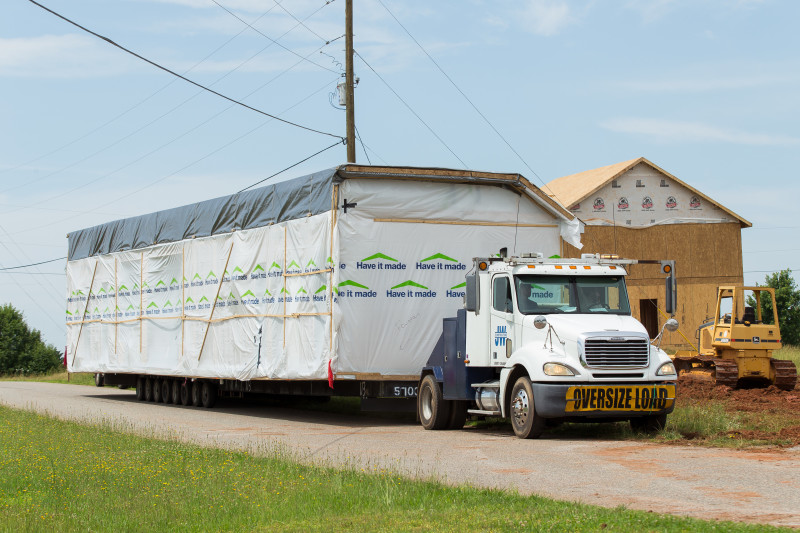Your Home Site Preparation Checklist

From making sure the land is cleared to building options like a garage or driveway, we’re taking a look at what you may need to consider to get your home site ready for when your home is delivered.
Once you’ve chosen your manufactured home floor plan and finalized your purchase with your local home center, including getting financing, the Clayton facility that’s building your home will receive the order for it. And while you’re waiting for your home to be built, you’ll want to make sure your land is ready for delivery and final installation.
Each home site is unique, so your exact preparation steps will vary. While you’re buying your home, you will work with your home consultant on what needs to be done to prepare your home site, so you can feel confident about both the costs and time estimates involved with each step. Home site prep and land improvement options can be completed by local contractors your home center can help you find.

How a Manufactured Home Site is Prepared
A properly prepared home site is vital to the quality and durability of your home. Your local home center can help you figure out what will need to be done in your specific situation, but typical site preparation for a new manufactured home includes:
- Having someone determine the land’s soil conditions to make sure it’s suitable for the home.
- For homes in colder climates, determining the soil bearing capacity to make sure the soil will support the weight of the home, and finding the frost line to see how deep frost will penetrate the ground under or around the home.
- Determining the location of the home on the site and the site’s layout.
- Clearing the area of foliage, if necessary, and grading the home site for proper drainage.
- Determining the holding capacity of ground anchors.
How Terrain Affects Site Prep
The type of land can also affect some of the site prep tasks that will need to be taken care of. For example, the preparation can vary if your land receives a lot of rain, is in a hilly area or is in a cold climate. The terrain type can affect details like:
- Home footers: The terrain will affect the density of the soil, which determines the depth and dimensions of the footing design that help anchor your home to the ground.
- Seismic zone: The seismic zone your home site is located in can also affect the design of your footers to make sure your home is stabilized.
- Flood zone: Depending on your flood zone, your home may be required to be a certain distance off the ground and could require a specific type of manufactured home foundation as well as any tie-down requirements.
A professional contractor will also need to make sure your site is properly crowned, which means that the soil is built up and properly compacted to ensure any drainage goes away from your home. It is important to make sure your land is crowned to help prevent flooding or water from building up inside or underneath your home.

Land Improvement Options for Manufactured Homes
While your home site is being prepared, it’s also time to think about any land improvement options you may want or need. These may vary based on your location, budget or home setup. Some common ones include:
- Having a heating and air system installed
- Having electrical services installed
- Having a septic system installed
- Having a well drilled
- Having a garage, deck or porch built
- Having a driveway built
Site Preparation for Sewer or Septic Systems
Your home site also will need to be properly prepared for your new home's sewer or septic system. If your home site has access to a public sewer system, and connection to that system is permitted by the municipality your home will be located in, you can connect your home’s plumbing to the public sewer system. Some local governments may not allow a septic system if a public sewer system is available. Your home consultant can help you figure out which option best fits your specific situation.

Preparing for Your Manufactured Home Delivery
Once your home has been built and the site is ready for it, the home can be delivered. To make sure the final on-site installation process is completed as smoothly as possible, you may need to work with your home center to hire contractors for tasks like:
- Securing a route for your home to be moved to your home site. This might mean having your city or county block off a transportation route for the date and time your home will be moved.
- Securing transportation for your home. Your home consultant can help guide you on how the home will be moved to your site.
- Checking your transportation route for anything that may block the way as you get closer to the delivery date, such as tree limbs.
Then, the final setup and inspections can take place, and it will be time for move-in day! At Clayton, we know the process of purchasing a new home can seem complicated and overwhelming. That’s why our experienced home center consultants will be there to help support you through every step, from choosing the right floor plan for you to welcoming you home. Looking for more information about homeownership? You can check out our Studio blog for all kinds of helpful tips.
Are you ready to find your dream home?
Start shopping now or find a home center in your area to learn more about Clayton Built® home options.By entering your email address, you agree to receive marketing emails from Clayton. Unsubscribe anytime.
© 1998-2024 Clayton.

